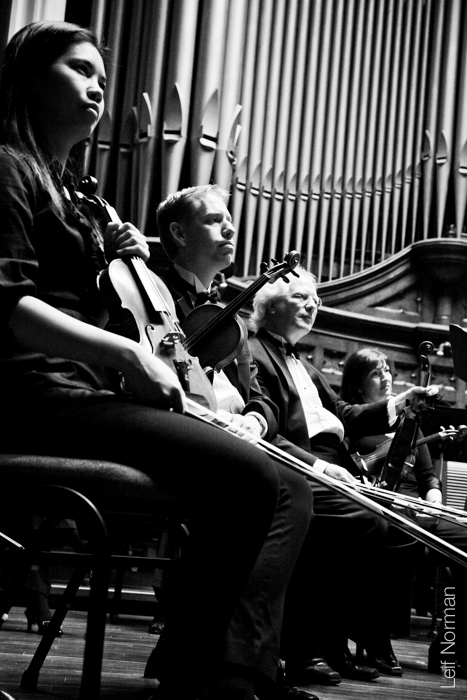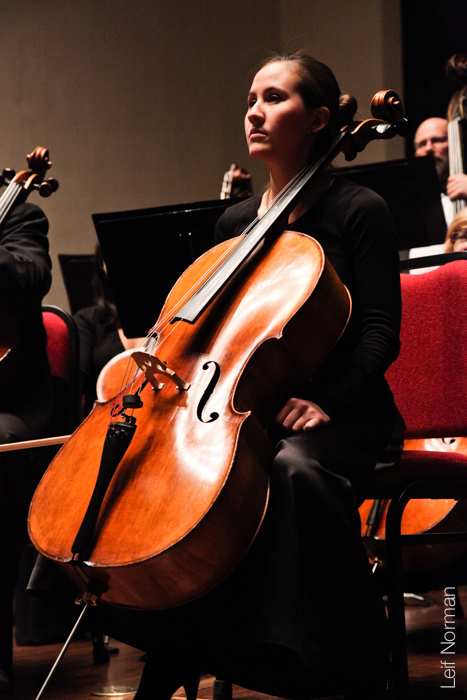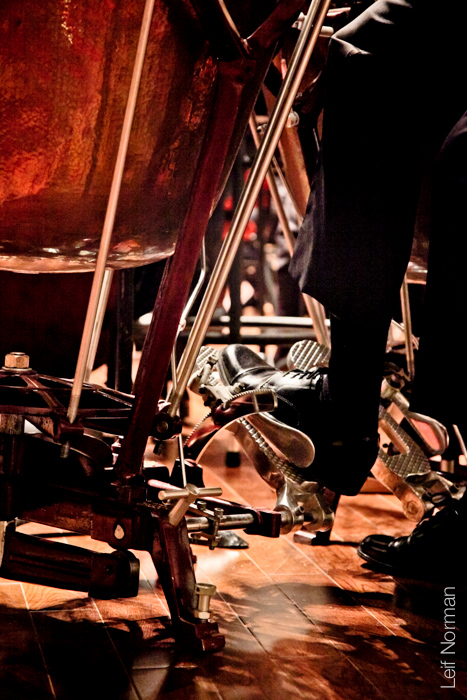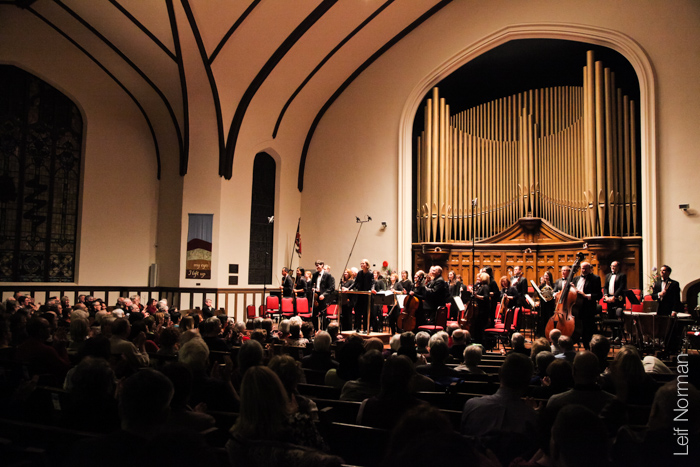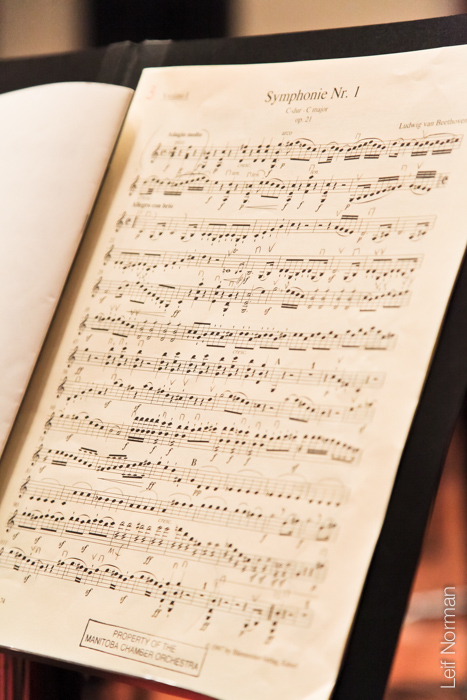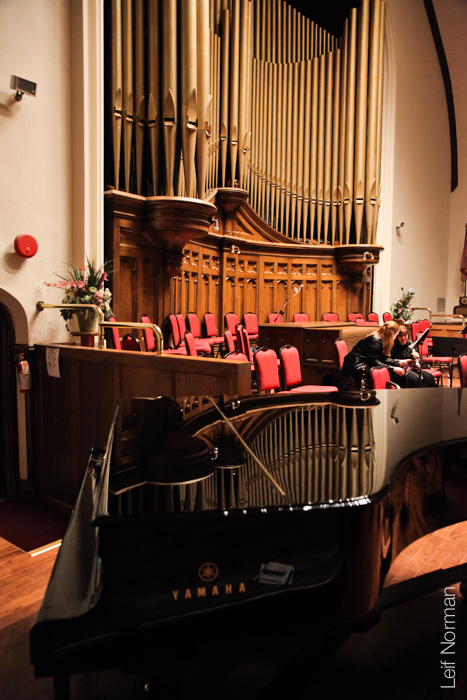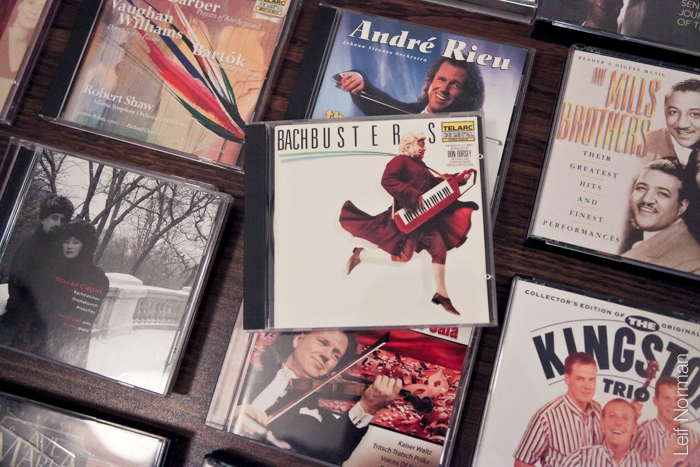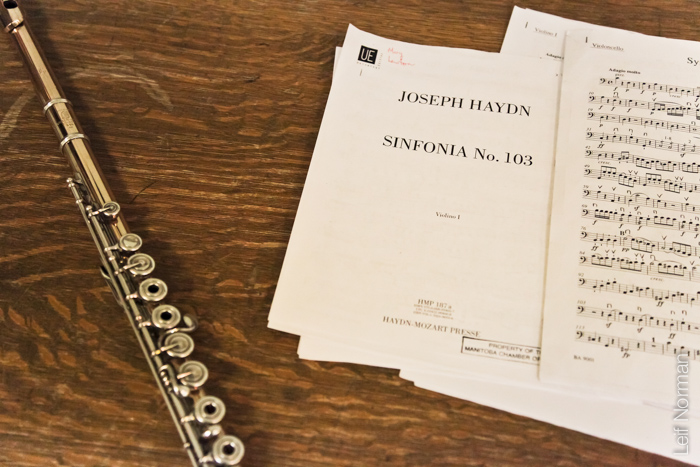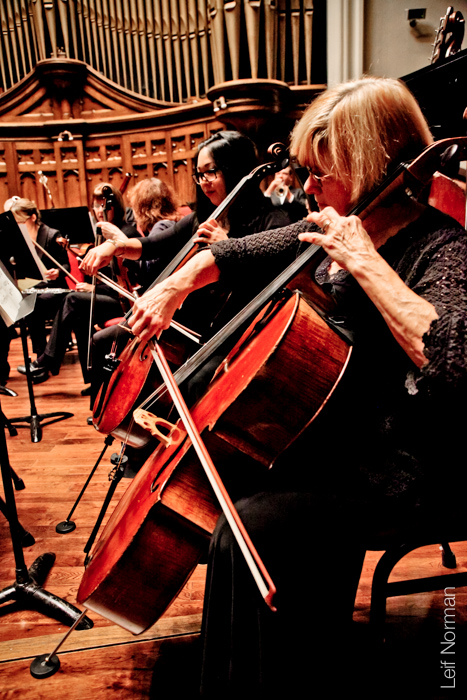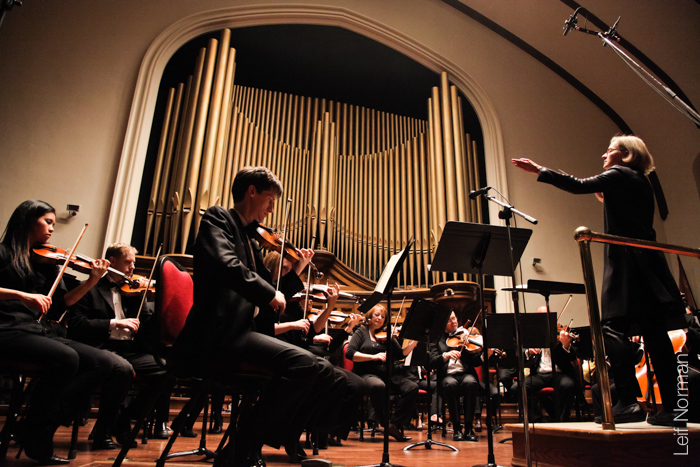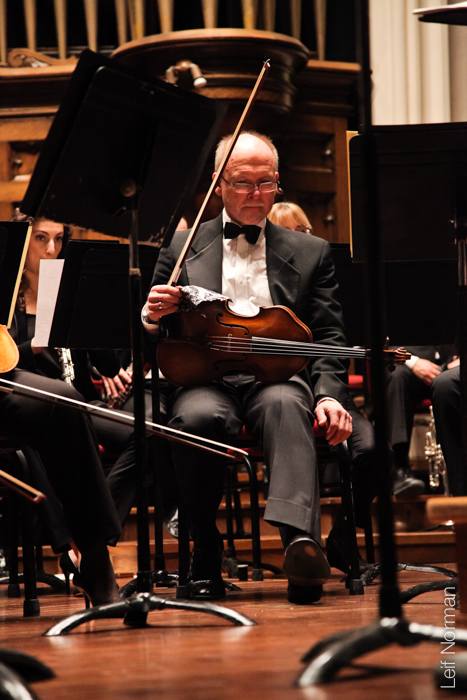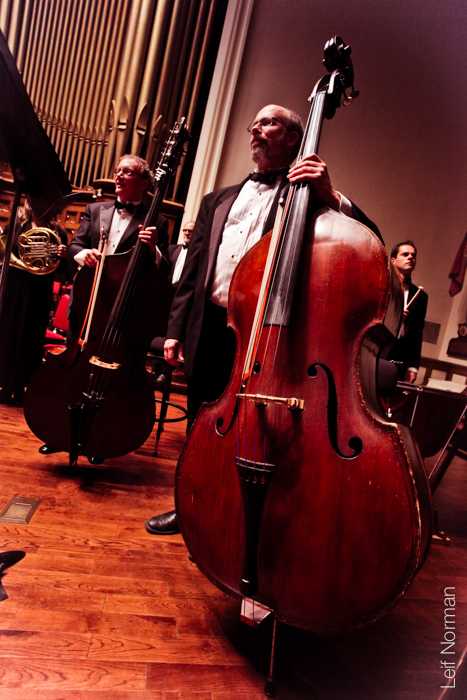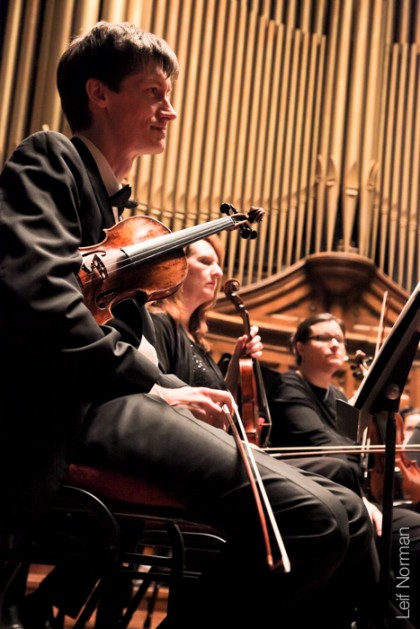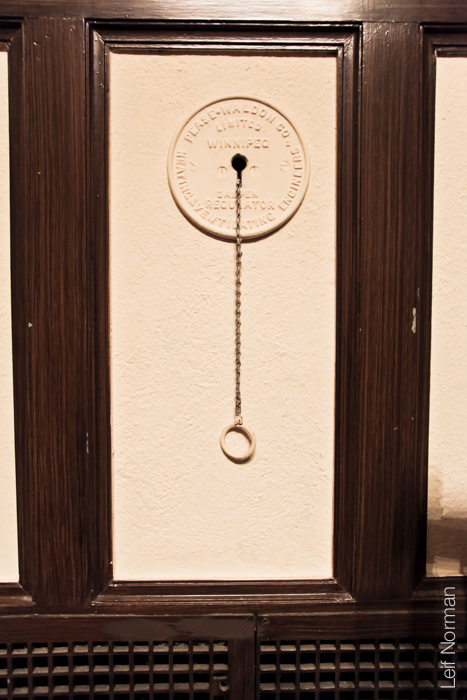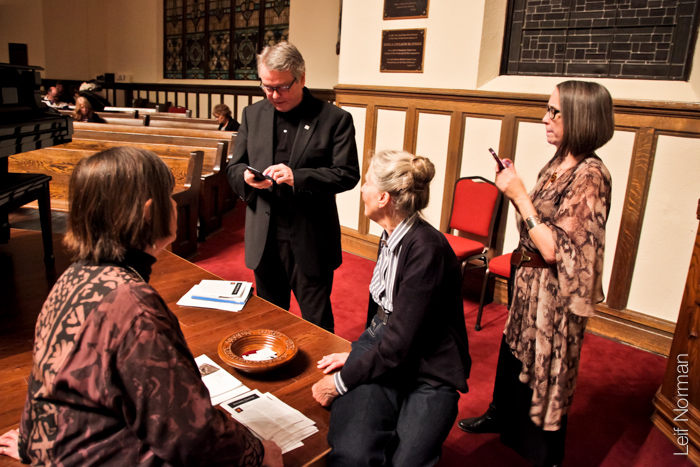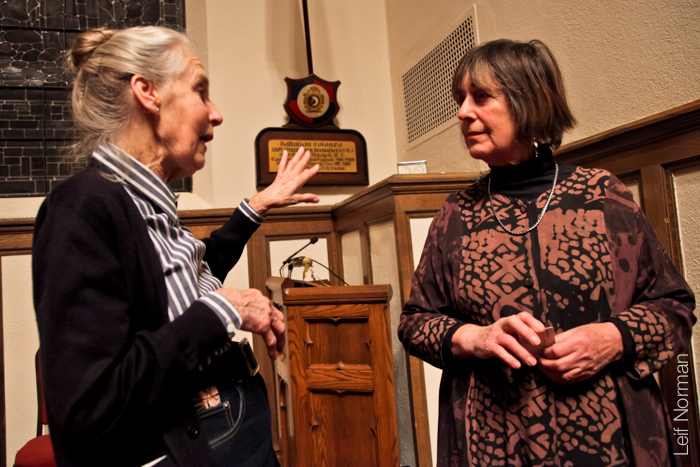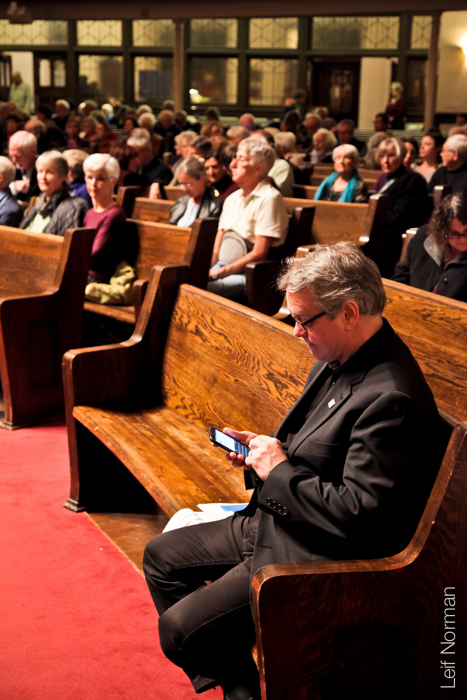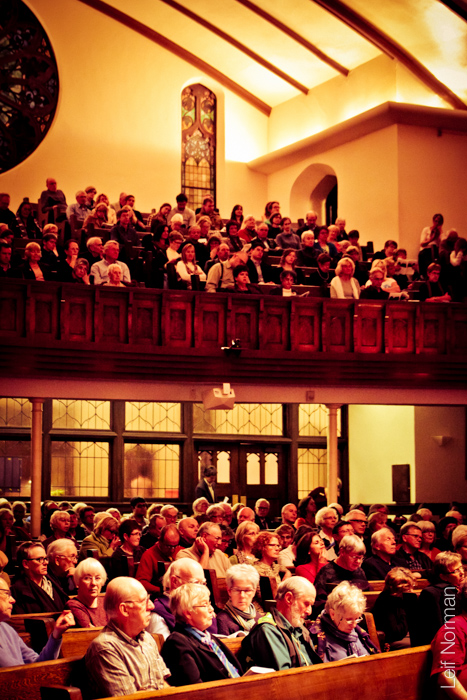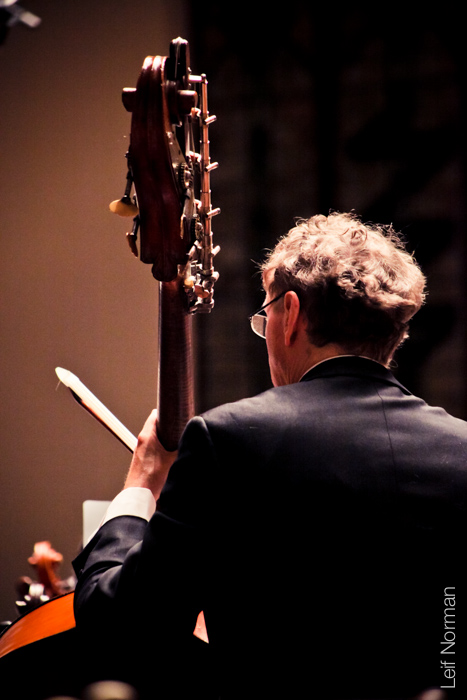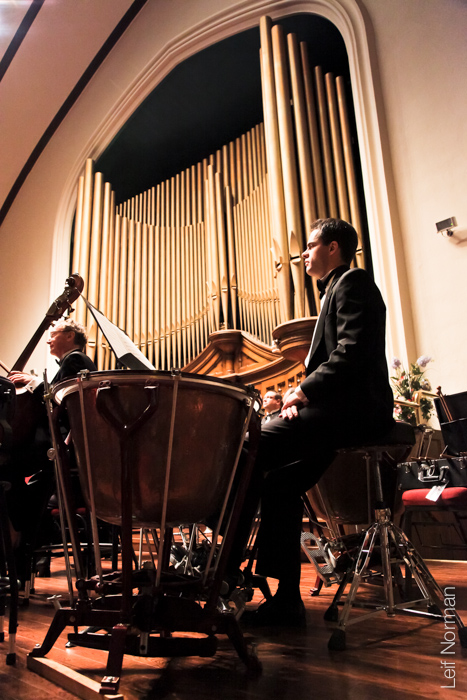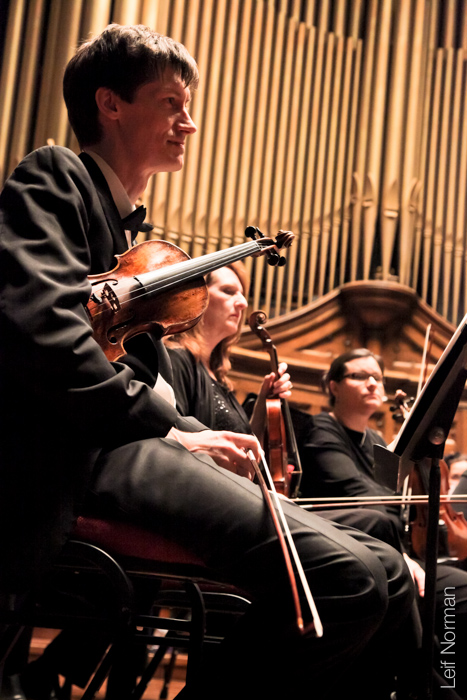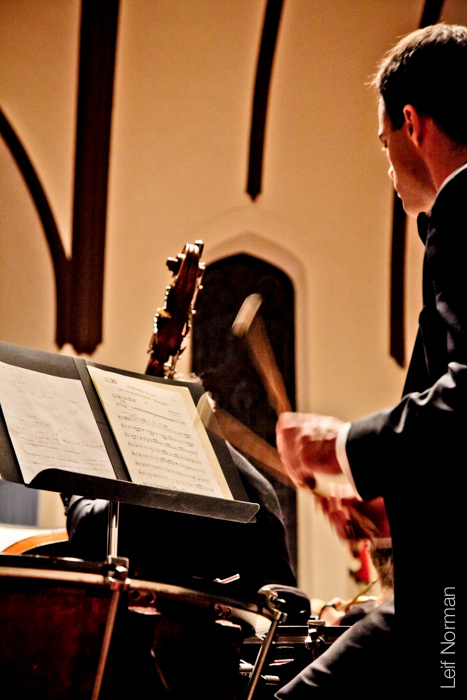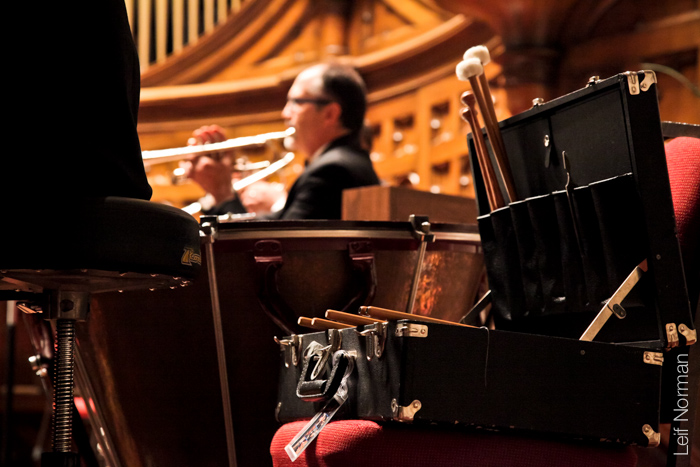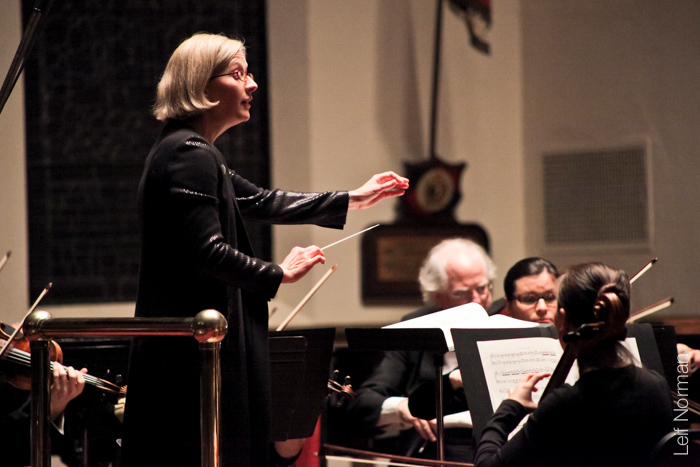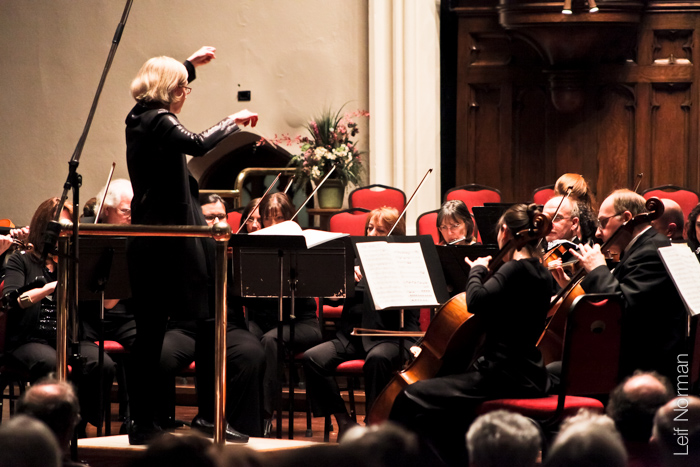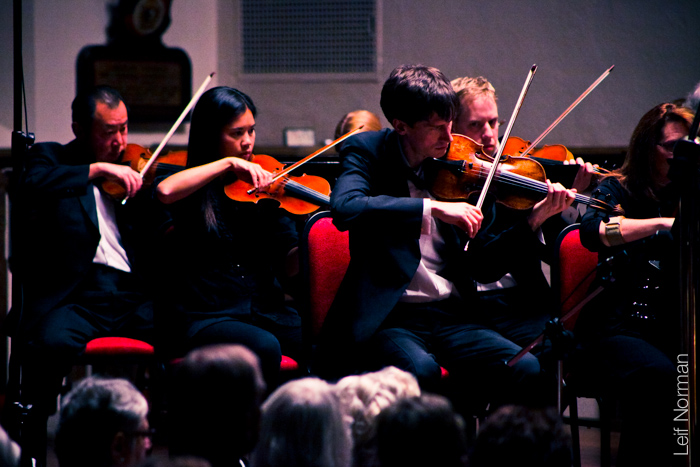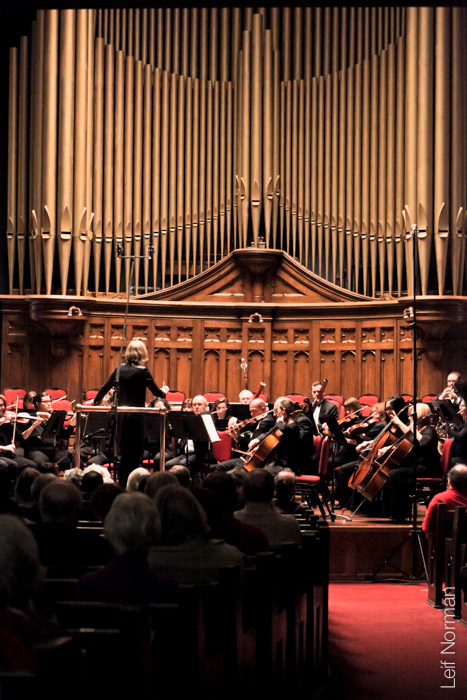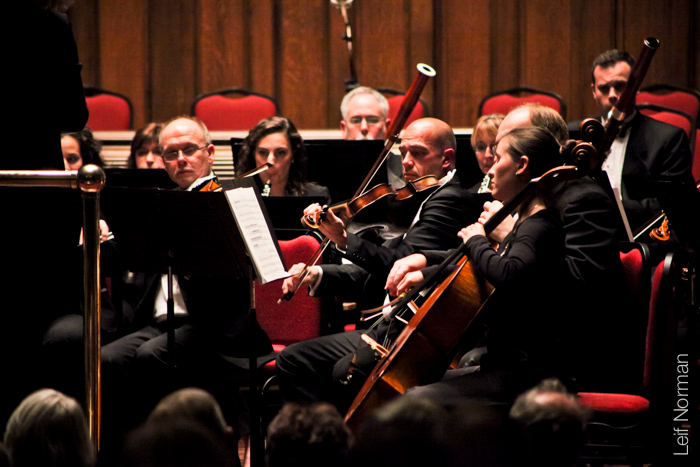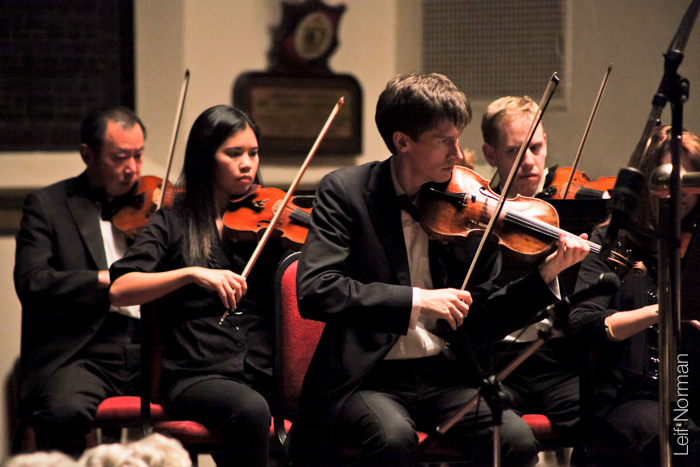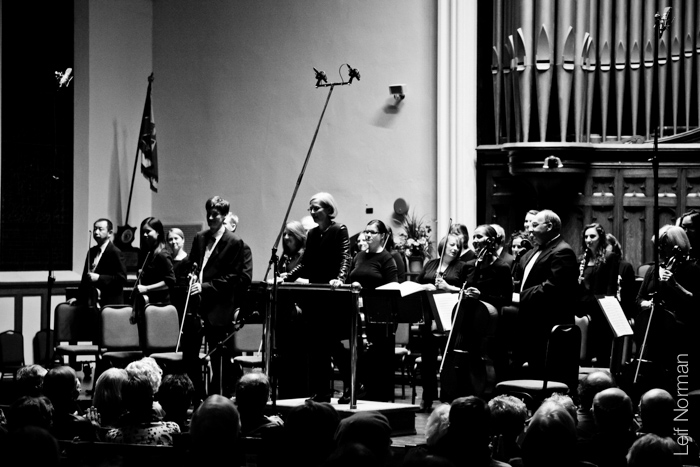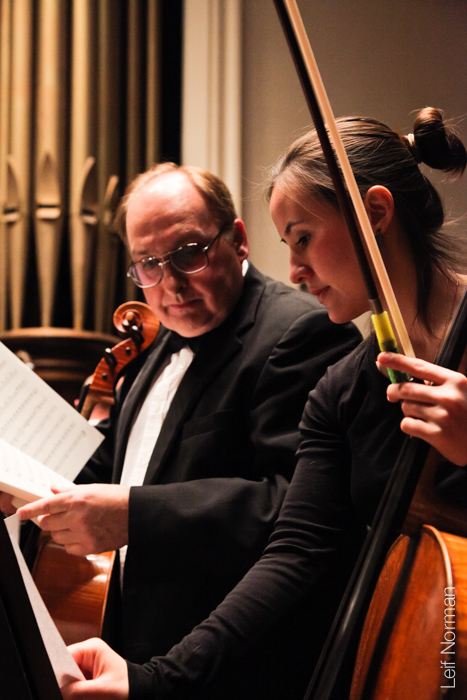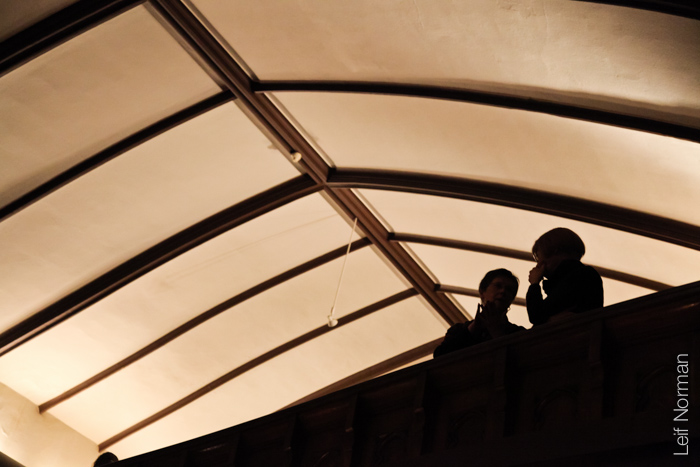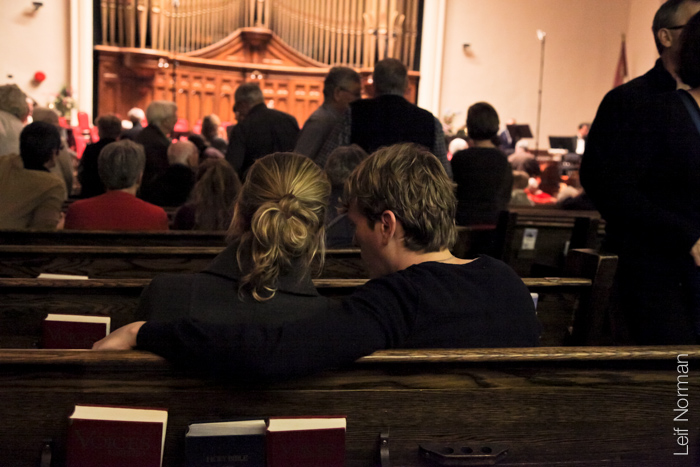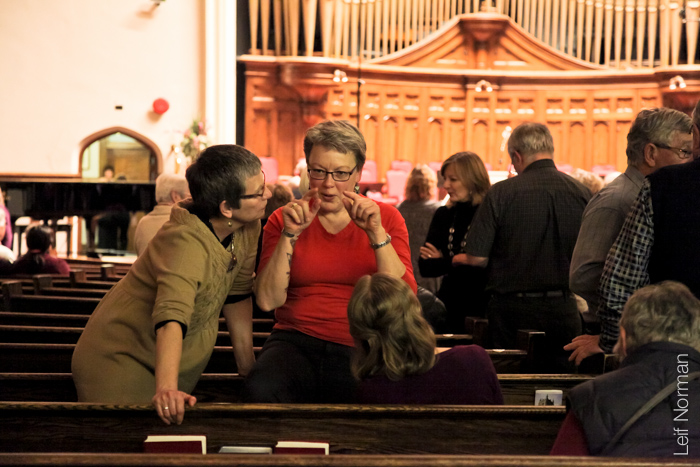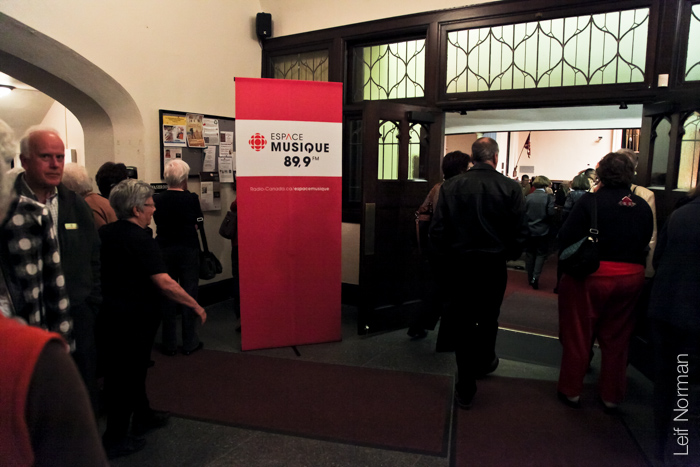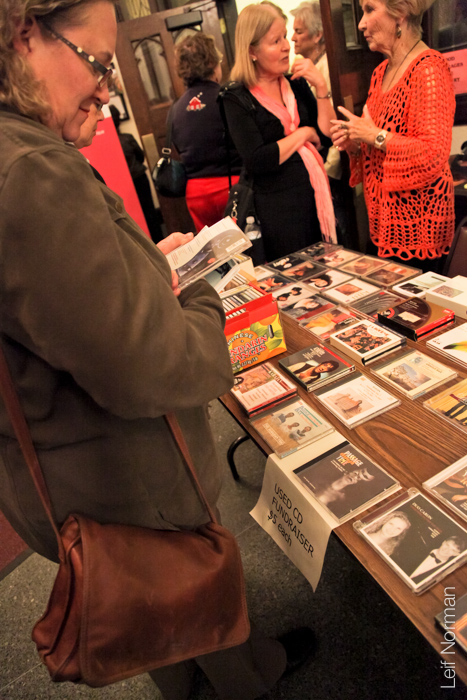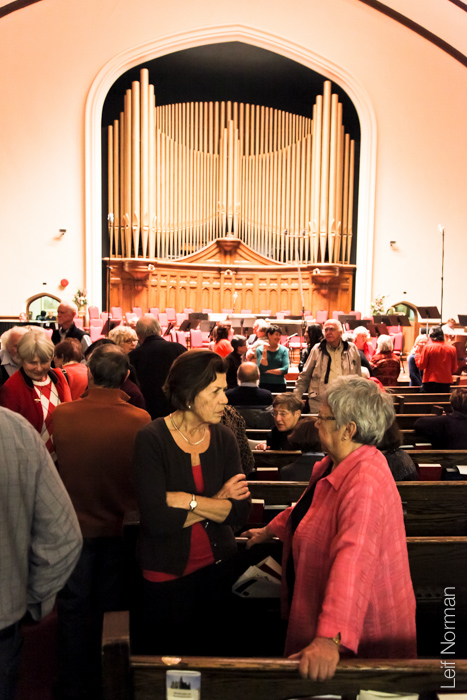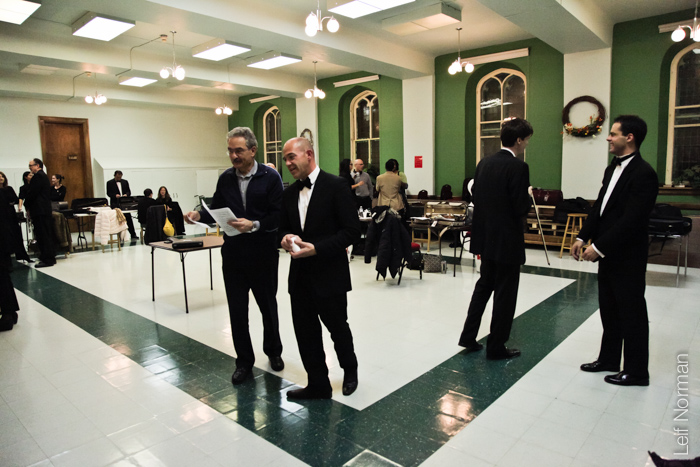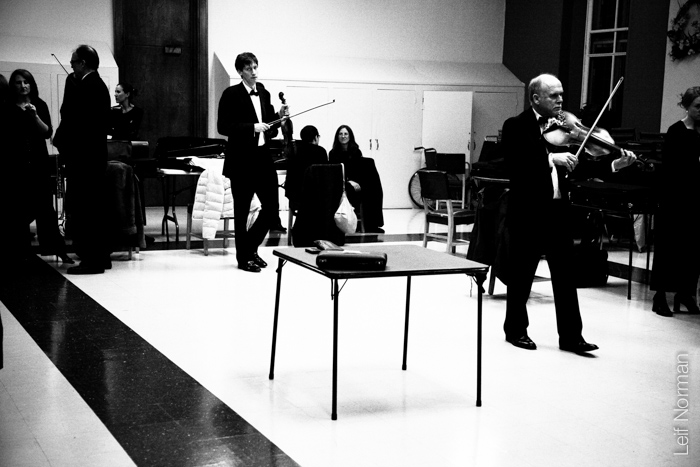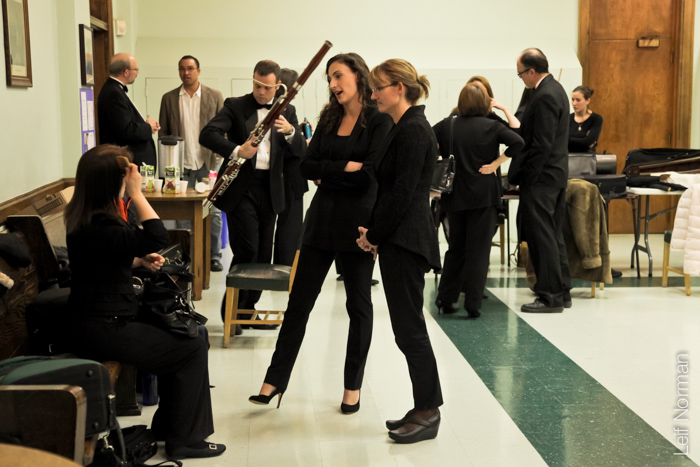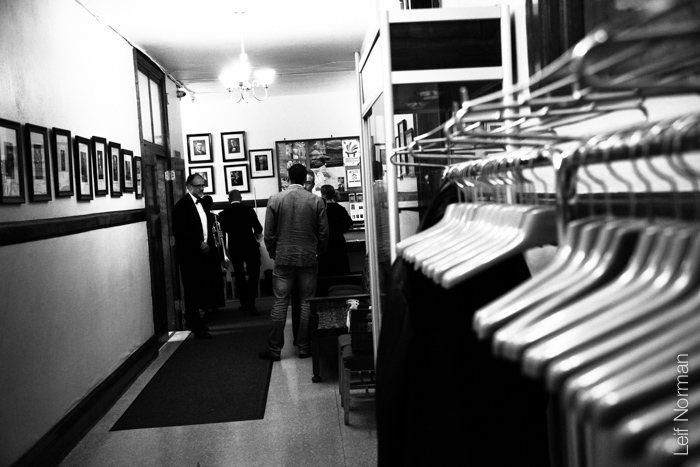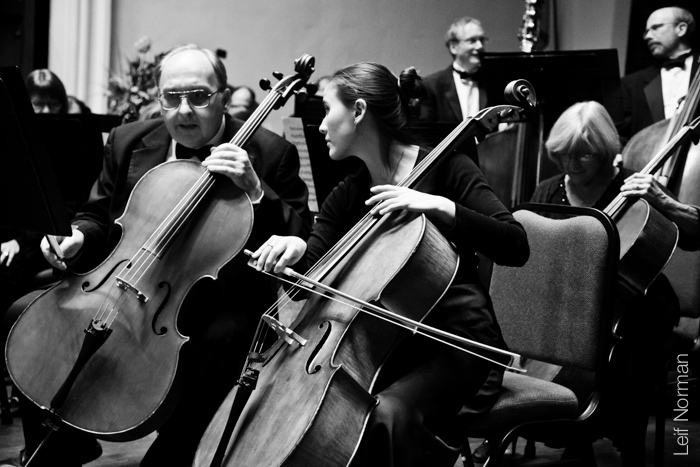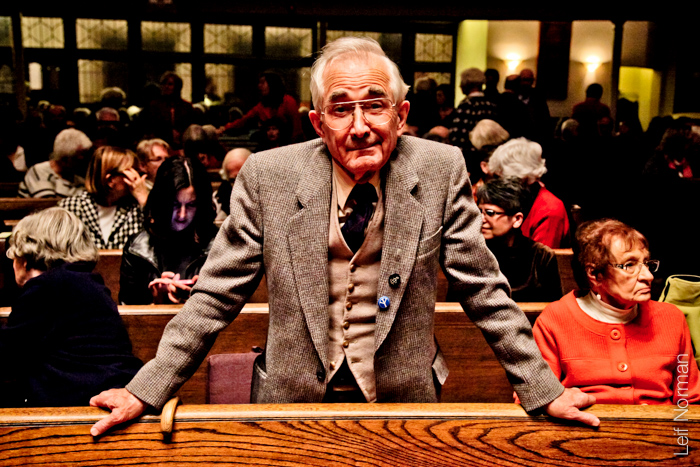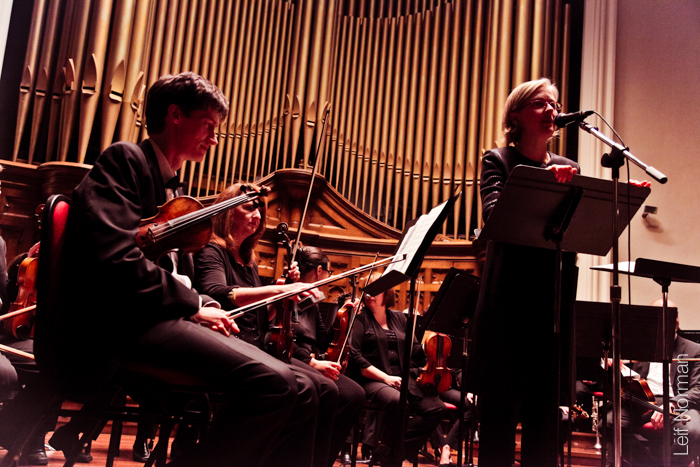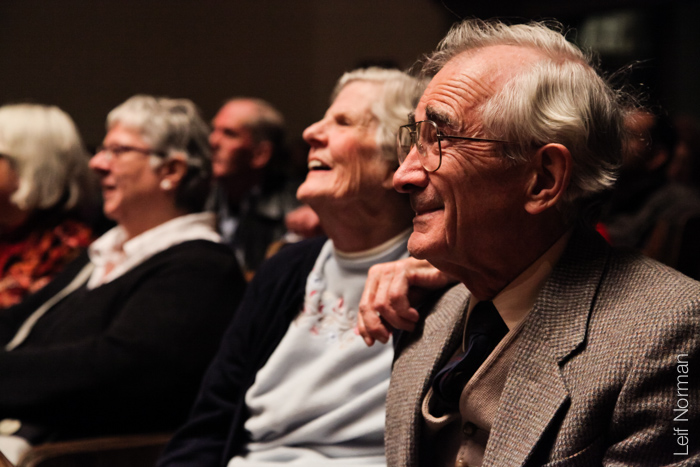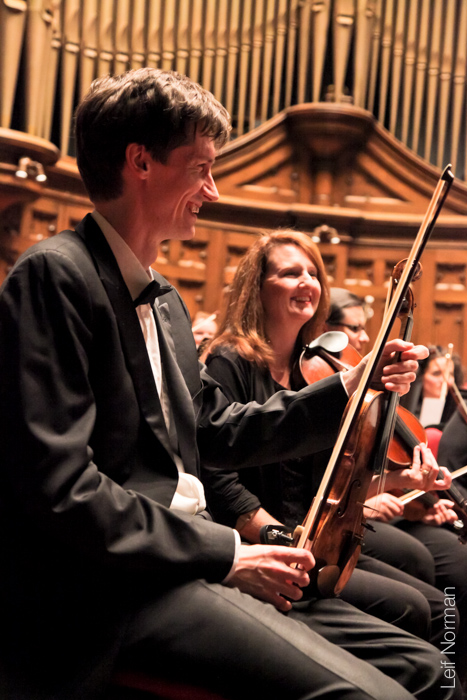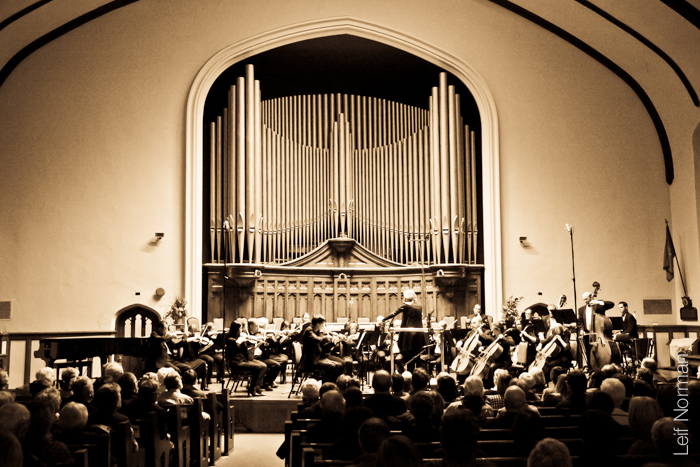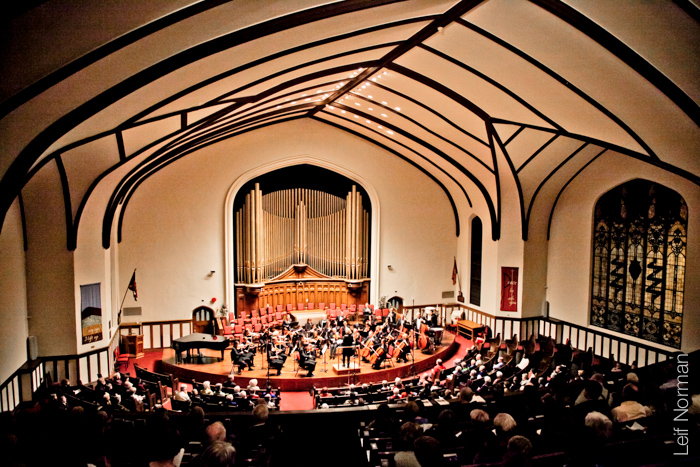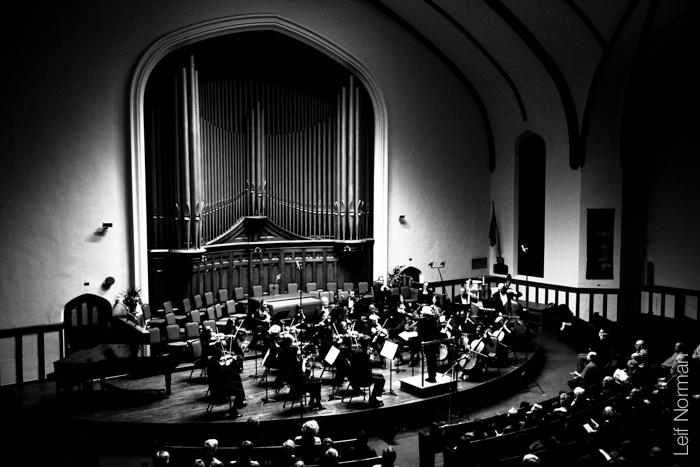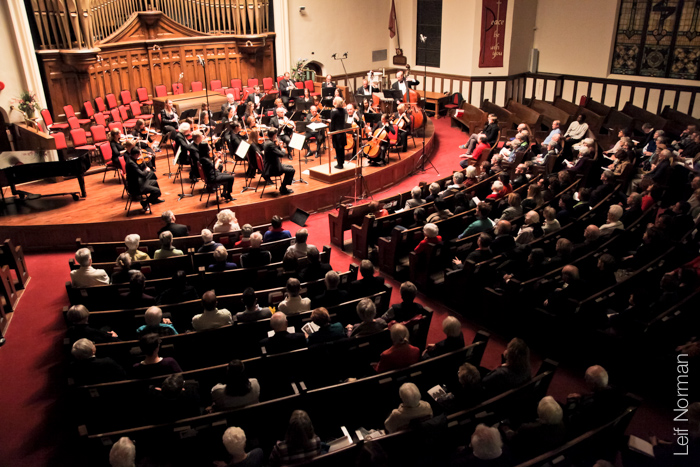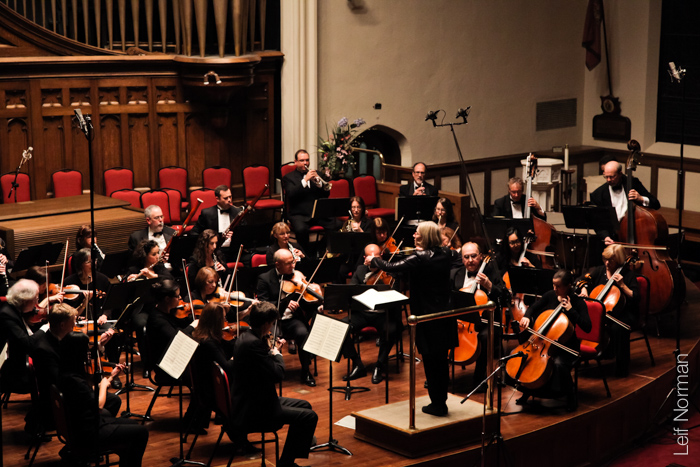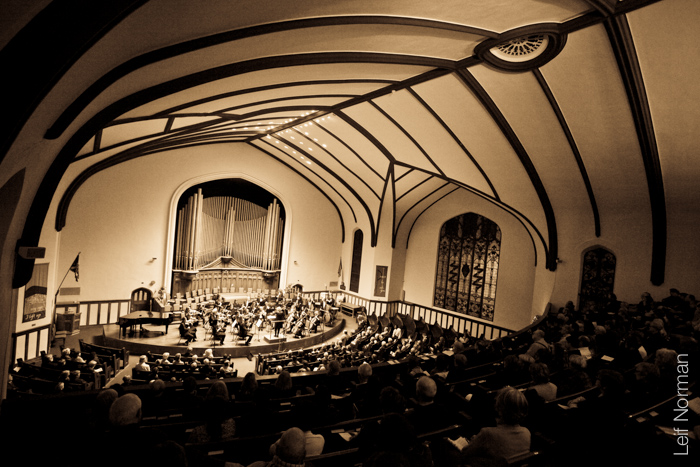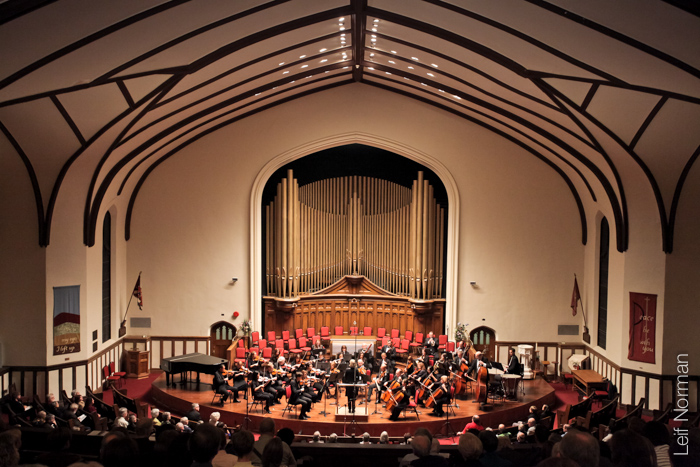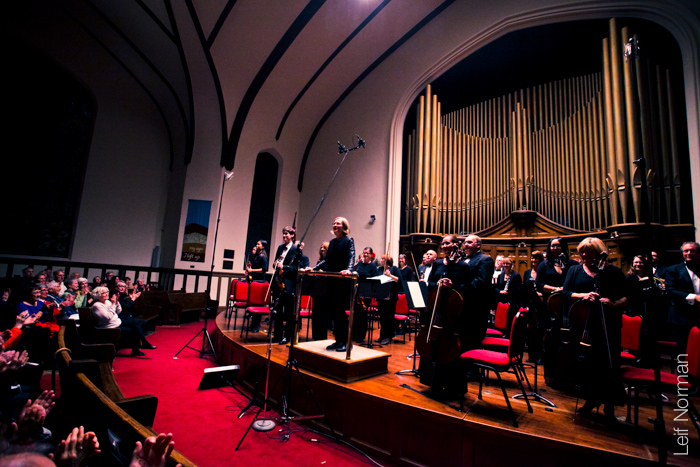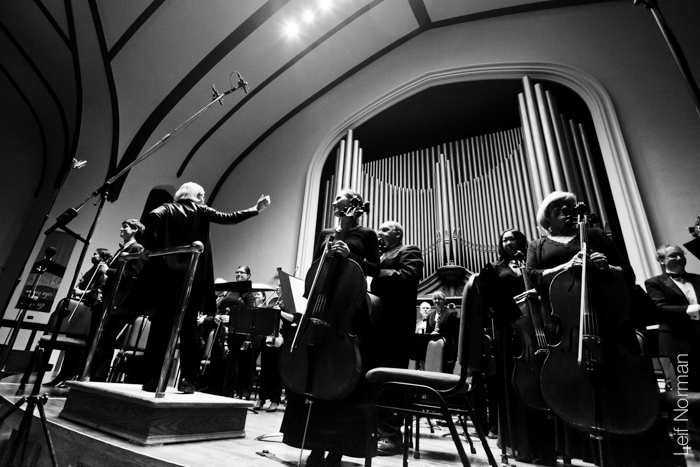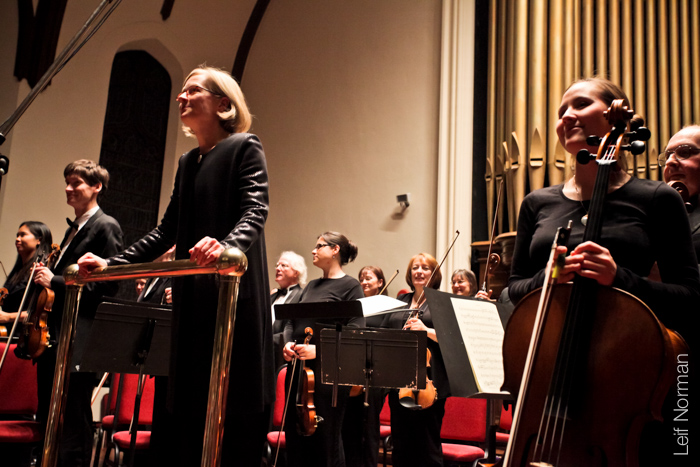
“The Manitoba Chamber Orchestra (MCO) is a chamber orchestra based in Winnipeg, Manitoba, Canada. Founded in 1972 by Ruben Gurevich, the ensemble’s first music director, the MCO presents nine concerts annually at Westminster United Church and tours in rural Manitoba, Canada and elsewhere.
The MCO premieres numerous new compositions each season. At the biennial meeting of the Association of Canadian Orchestras in 1990 the MCO was presented with a SOCAN Award of Merit for ‘the imaginative programming of contemporary Canadian music.’
Past music directors have also included Simon Streatfeild (1984–1991) and Roy Goodman (1999–2005). In April 2007, Anu Tali was named music director of the orchestra, effective as of September 2007, but that November, the orchestra announced that it and Tali were unable to agree on contract terms, so that Tali never served in the post. In November 2008, Anne Manson was named the music director and principal conductor of the orchestra, effective immediately with the 2008-2009 season.”
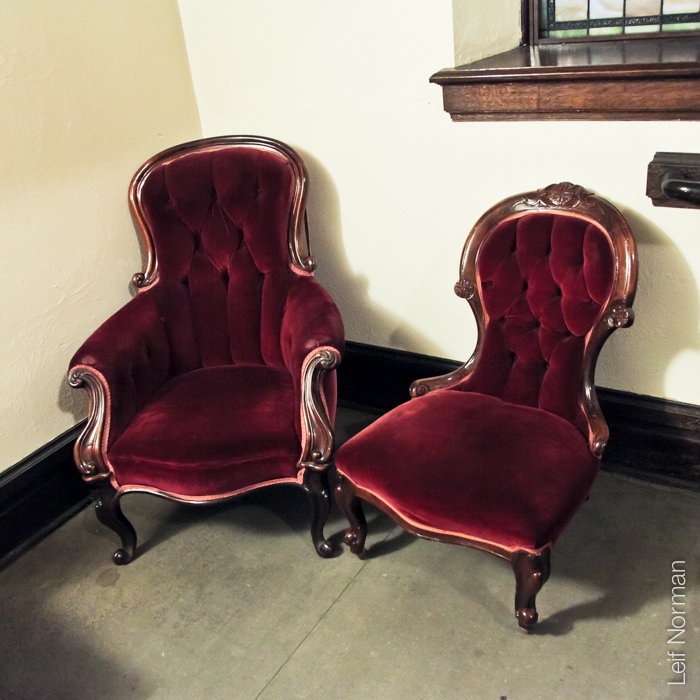
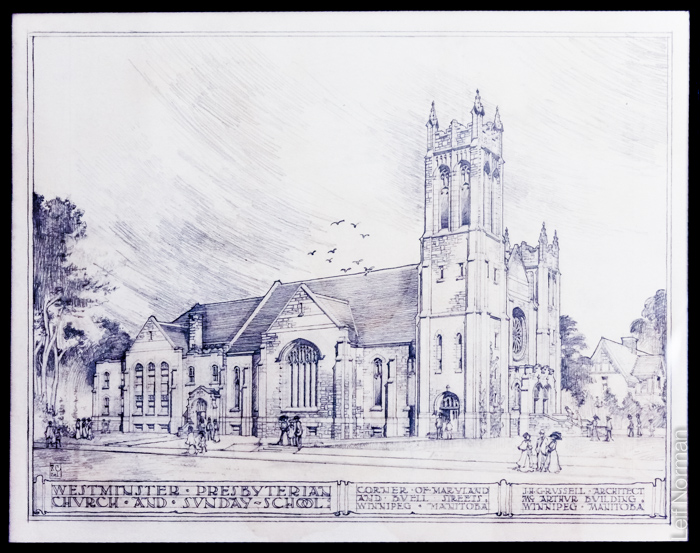
http://www.mhs.mb.ca/docs/sites/westminsterunited.shtml
“Westminster United Church (745 Westminster Avenue, Winnipeg)
During the early 20th century, Manitoba’s economy boomed and its population grew dramatically. With sharp increases in memberships, many churches found it necessary to replace their buildings. In 1909, the members of Westminster Presbyterian (now United) Church concluded that their 1893-94 building was inadequate for a congregation of almost 1,000. This site, closer to the homes of the parishioners, was selected and the church was built between 1910 and 1912.
For its grandest buildings—Westminster, Augustine (1903-04) and Knox (1914-18)—the Presbyterian Church in Winnipeg called upon renowned architect J. H. G. Russell. For each church, Russell relied on a different interpretation of the Gothic Revival, a popular architectural style that drew its inspiration from medieval churches. Russell’s design was based upon the English expression of Gothic and emphasized pinnacle towers, slender vertical supports and large openings, in this case featuring a beautiful rose window.
In 1992, the Manitoba Heritage Council unveiled a commemorative plaque to recognize this fine stone church, a provincially– and municipally-designated historic site.”
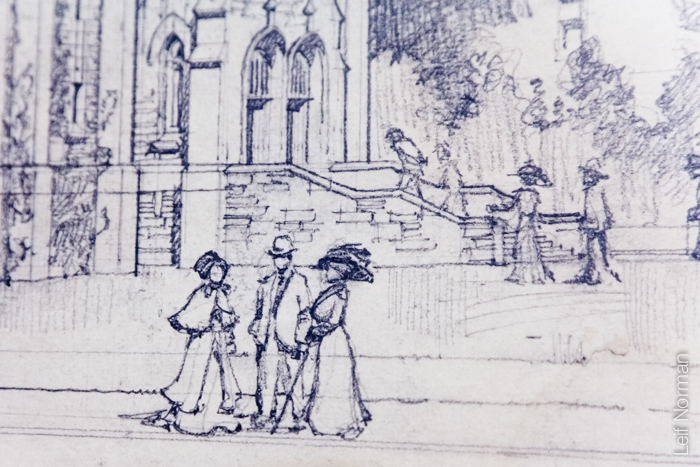
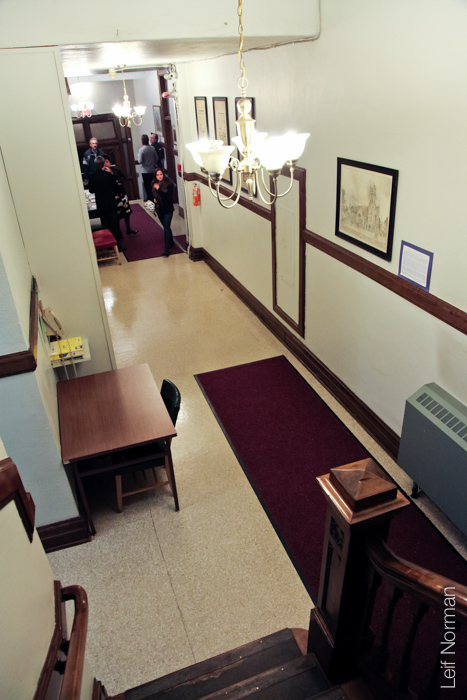
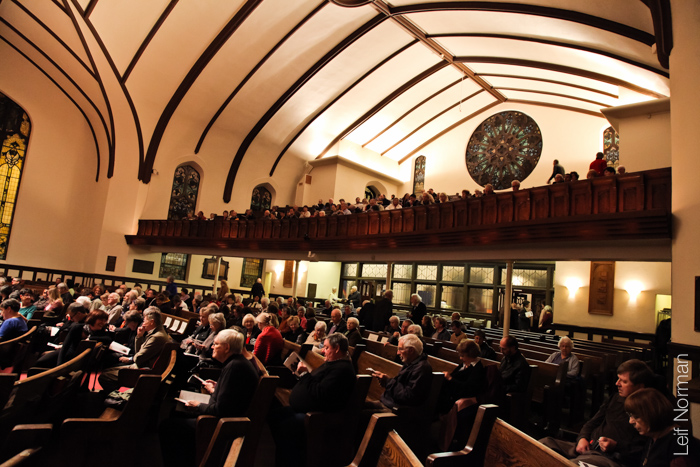
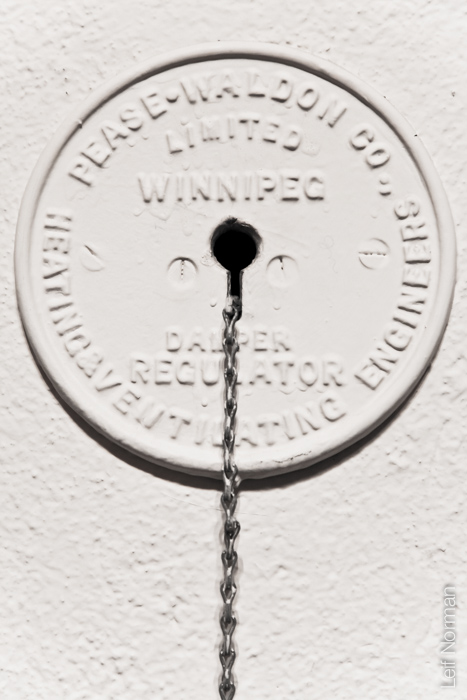
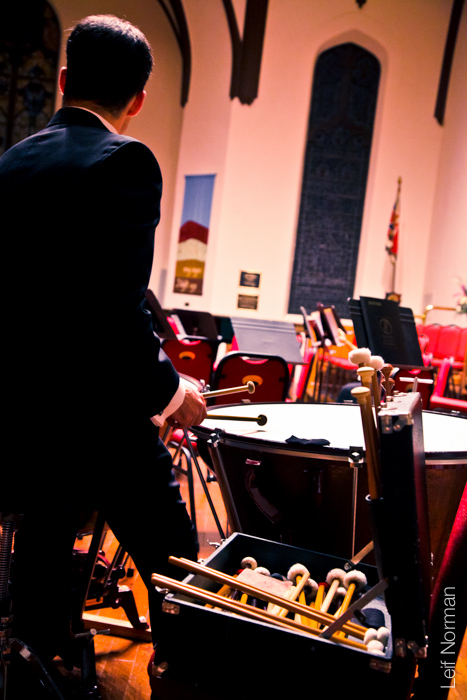

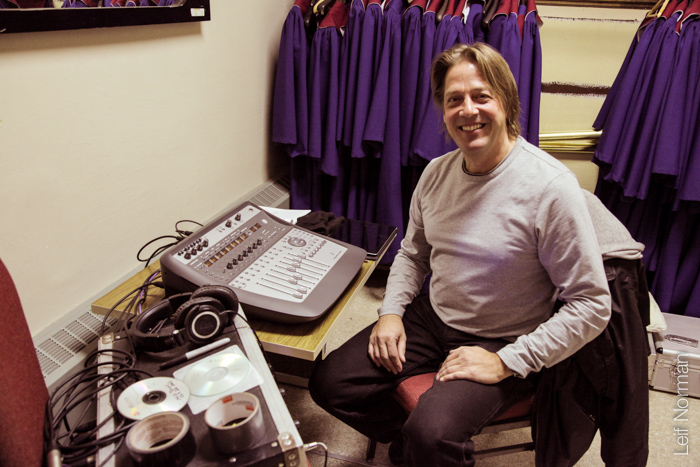
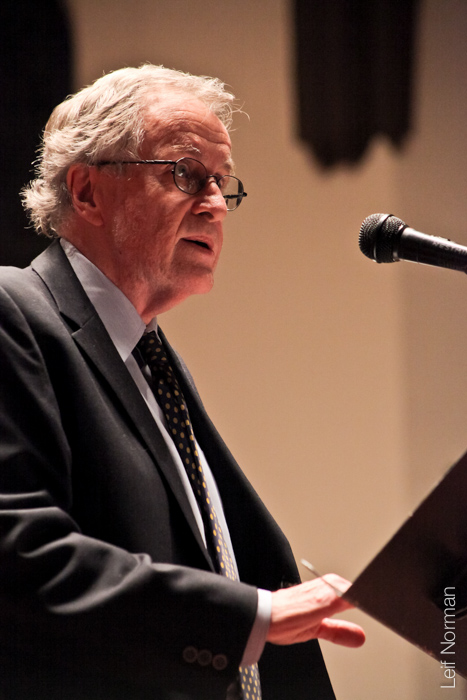
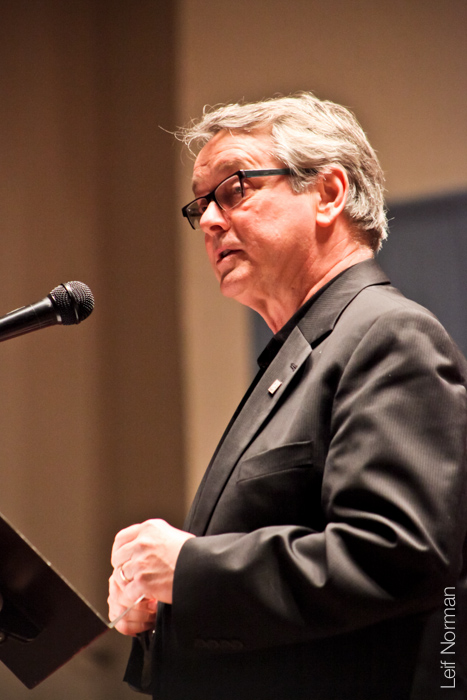

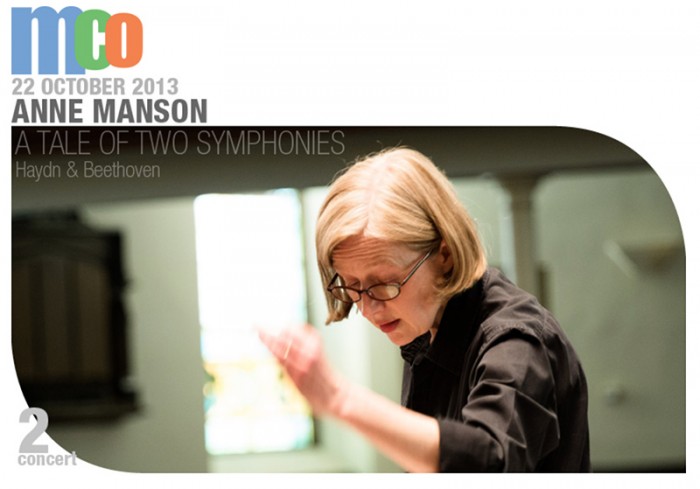
“MCO Music Director and Conductor Anne Manson will juxtapose two symphonies on this program, and will preface each with its story.
One of Joseph Haydn’s last symphonies, the 103rd was first performed in 1795. It is nicknamed ‘The Drumroll’ after the long roll on the timpani with which it begins. A review of the premiere in the Morning Chronicle reported “continual strokes of genius, both in air and harmony.”
Sketches of Beethoven’s first symphony have been found from that very year. In the work of the young composer can be heard the influence of his teacher — Joseph Haydn — and other predecessors, including Mozart. It’s definitely Beethoven, however, and with it, the young master burst onto the scene in 1800 Vienna.
The first and (almost) last symphonies of two masters in one sitting! We’ll leave it to Anne
to break it down.
When composers clash
“… the issue surfaced most notably upon the publication of Beethoven’s first compositions, the Op. 1 piano trios. Wishing to assist the young composer, Haydn suggested that Beethoven include the phrase ‘pupil of Haydn’ underneath his name in order to garner advantage from Haydn’s considerable fame. Beethoven bristled.”
According to the account left by Beethoven’s pupil Ferdinand Ries, “Beethoven was unwilling to because, as he said, although he had some instruction from Haydn he had never learned anything from him. However, at the old composer’s 76th, he knelt down before Haydn and fervently kissed the hands and forehead of his old teacher.””

